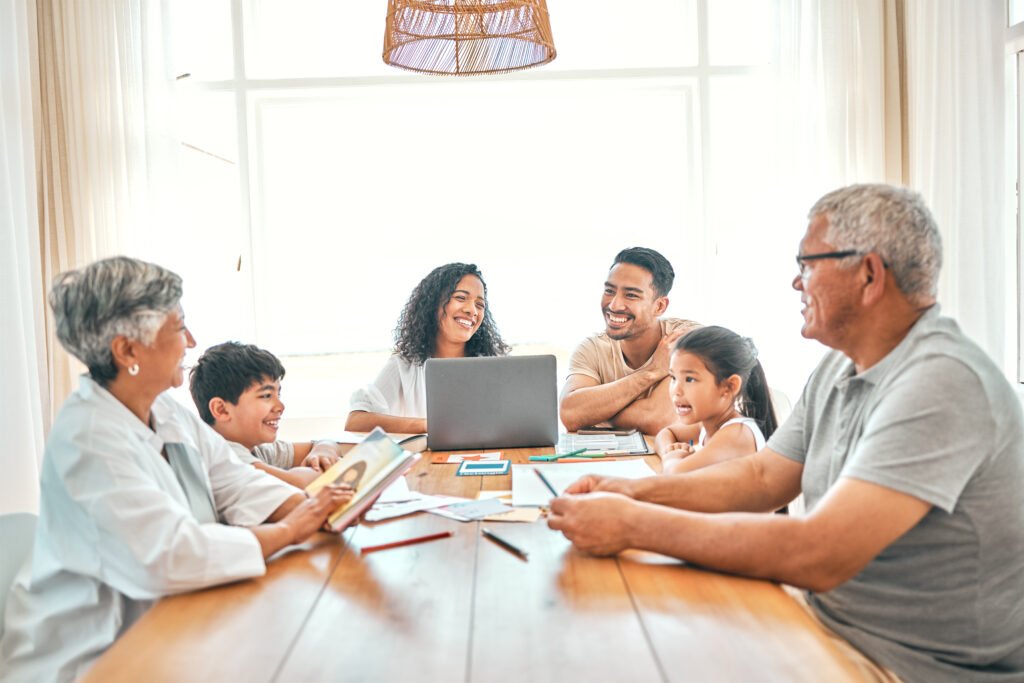Emergencies can happen at any time and often strike without warning. Whether it’s a natural disaster, a medical emergency, or a sudden evacuation, having a well-thought-out family safety plan can mean the difference between chaos and calm. A solid safety plan ensures that everyone in your household knows what to do, where to go, and how to stay safe during an emergency. This article will guide you through creating a comprehensive family safety plan that prepares your loved ones for various scenarios.

The first step in building a family safety plan is identifying the types of emergencies most likely to occur in your area. Research the risks specific to your region, such as hurricanes, earthquakes, floods, or wildfires. For instance, if you live in a flood-prone area, you’ll need to focus on evacuation routes and floodproofing your home. Similarly, urban dwellers may need to plan for building fires or civil disturbances. Understanding the threats you face allows you to tailor your safety plan effectively.
Communication is the cornerstone of any emergency plan. Ensure every family member knows how to get in touch during an emergency. Designate a primary and secondary contact person, preferably someone outside your immediate area, who can serve as a point of communication if local networks are down. Teach children how to use phones to dial emergency numbers and provide them with a list of contacts, including family members, neighbors, and local emergency services.
Creating a meeting point is another critical aspect of your plan. Establish a safe, easily accessible location where everyone in the family can reunite if separated. For example, choose a nearby park or a neighbor’s house as your primary meeting point. Also, select a secondary meeting place farther away in case your neighborhood becomes unsafe. Make sure all family members know how to get to these locations.
Prepare an emergency kit that contains essential items for survival. This kit should include non-perishable food, bottled water, flashlights, extra batteries, a first-aid kit, medications, personal hygiene items, and important documents such as identification, insurance policies, and emergency contact information. Keep this kit in a central, easily accessible location, and ensure it’s portable enough to grab quickly during an evacuation. Regularly update the kit to replace expired items and adjust its contents to meet your family’s changing needs.
Evacuation planning is another vital component of emergency preparedness. Identify multiple evacuation routes from your home and neighborhood, and practice using them with your family. Teach children how to recognize emergency exits and follow escape routes. If you have pets, include them in your evacuation plan and prepare a pet emergency kit with food, water, and medical supplies. For families with elderly or disabled members, ensure that transportation and mobility aids are accounted for.
Natural disasters often leave families without power or communication for extended periods. To prepare for these situations, stock up on supplies that allow you to be self-sufficient for at least 72 hours. This includes water (one gallon per person per day), non-perishable food, a manual can opener, portable phone chargers, and a battery-powered or hand-crank radio. Familiarize yourself with how to shut off utilities like gas, water, and electricity in your home to prevent further damage during a disaster.
Practice is key to ensuring your family safety plan works in real-life situations. Conduct regular drills for different scenarios, such as fire evacuations, earthquake response, or severe weather sheltering. These exercises help everyone understand their roles and reduce panic during an actual emergency. Use these drills to identify weaknesses in your plan and make necessary adjustments.
Teach your family basic survival skills that can prove invaluable during emergencies. These skills include performing CPR, using a fire extinguisher, treating minor injuries, and signaling for help. Older children and adults should know how to use emergency tools and navigate to safety without relying on GPS. Encourage your family to take a first-aid or CPR certification course to build their confidence and preparedness.
Community involvement can enhance your family safety plan. Get to know your neighbors and discuss how you can support each other during emergencies. Participate in local disaster preparedness programs or neighborhood watch groups to stay informed and build a network of support. Share your family safety plan with trusted neighbors or friends, and encourage them to develop their own plans.
Stay informed by monitoring local news and weather alerts. Sign up for emergency notification systems provided by your city or county to receive real-time updates on potential threats. Keep a battery-powered or solar radio in your emergency kit to stay connected when power or internet services are unavailable.
After an emergency, assess your family’s safety and address any immediate concerns. Check for injuries and provide first aid if needed. Evaluate the condition of your home and belongings, and report any damages to your insurance company. Take time to discuss the event with your family, especially with children who may need reassurance and emotional support. Reflect on your response and update your safety plan based on lessons learned.
Emergency preparedness is not a one-time task but an ongoing process. Regularly review and update your family safety plan to account for new risks, changes in your family’s circumstances, and advancements in technology. By staying proactive and involved, you can create a plan that keeps your loved ones safe and prepared for any challenge.
Creating a family safety plan takes effort, but the peace of mind it provides is immeasurable. By knowing what to do and having the right resources in place, you can face emergencies with confidence and ensure the well-being of your family. Start building your plan today and empower your household to handle any situation that comes your way.